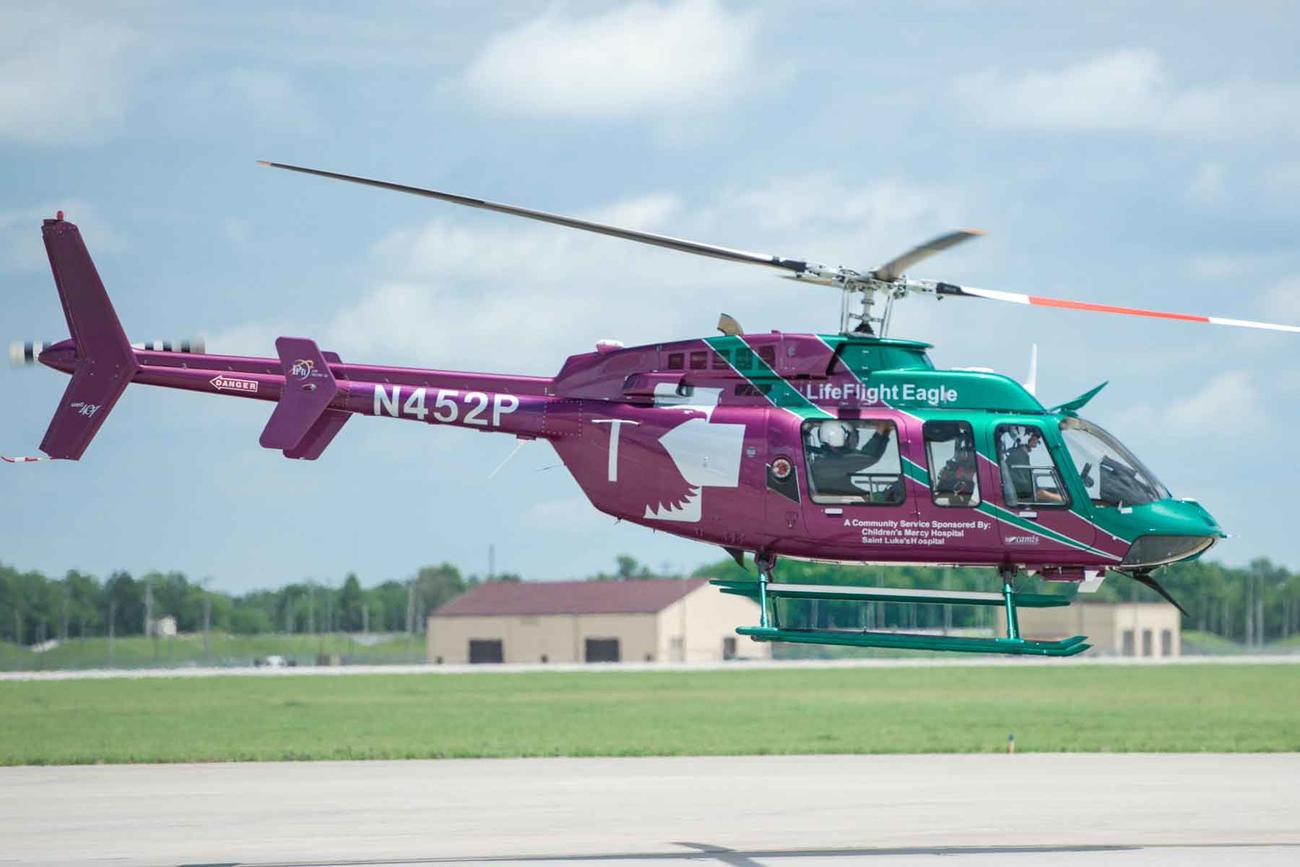
The Department of Veterans Affairs has postponed planned changes to its ambulance reimbursement rates — a proposal that was to go into effect in February despite concern from the companies that provide air and ground transport services and veterans who potentially will be affected by the change.
In response to a 2018 VA inspector general report that found the department paid roughly 60% more than Medicare rates for air ambulance services, the VA announced earlier this year that it would change its structure for reimbursing ambulance companies in an effort to address the difference and “be good stewards of taxpayer money.”
The change was to go into effect on Feb. 16, 2024. But the VA announced last week that it would delay the change until February 2025. In an announcement posted on the VA website, officials said they were committed to changing the rates but also would ensure that veterans would not receive bills for the services.
Read Next: As Laser Pointer Incidents Spike, Airmen Are Getting Updated Eyewear That Provides Better Protection
“VA will pay the lesser of actual charge associated with an air ambulance service, or the standard [Centers for Medicare & Medicaid Services] rate for that service, unless a separate rate has been established based on local contracts between air ambulance providers and local VA medical centers,” officials wrote. “VA intends to include terms in these contracts to ensure that veteran care will not be adversely impacted.”
Industry representatives and members of Congress had raised concerns that the change would translate into a reduction in reimbursement rates to the Medicare levels — a move that could negatively affect veterans who live hundreds of miles from an emergency room.
In a recent interview with Military.com, Ben Clayton, a former Marine Corps pilot and CEO of the nonprofit ambulance company Life Flight Network, said companies rely on receiving the market rate from the VA and commercial insurers to cover their costs and provide services for all patients experiencing emergencies, including Medicare and Medicaid patients, veterans and the insured.
He said an ambulance provider in a rural county in Montana ceased operations as a result of reimbursement shortfalls and more would likely follow if the VA reduced reimbursements.
“So, now that community has to wait for an out-of-county ambulance or rely on volunteers to try to get the lifesaving care the communities need,” Clayton said.
Clayton’s company serves Oregon, Washington, Idaho and western Montana, covering roughly 322,000 square miles.
Speaking at the National Press Club earlier this month, VA Secretary Denis McDonough said the goal of the new rule was not solely to reduce rates. Instead, he said, it was intended to encourage providers to enter into formal contracts with the VA for services.
“The way the VA pays for emergency ambulance services puts at risk taxpayer interests,” McDonough said. “VA alone among health care systems in the country pays for each individual ambulance, cash … we are just paying cash for each run. We cannot find another hospital system that does it that way.”
Earlier this year, lawmakers, including Chairman of the Senate Veterans Affairs Committee Sen. Jon Tester, D-Mont., and Sen. Jerry Moran of Kansas, the committee’s ranking Republican, pressed McDonough to delay the rule change while the VA undertakes outreach with industry and individual companies on the contracting process.
The two have introduced legislation along with Sen. Patty Murray, D-Wash., and Sen. John Boozman, R-Ark., that would bar the VA from reducing rates unless it can guarantee that the change would not reduce veterans’ access to ambulance services.
In a statement Wednesday, Tester praised the decision to extend the rule.
“The availability of emergency air and ground transportation services in Montana and rural America can be the difference between life and death,” Tester said in a statement. “VA’s hasty implementation of its rate change for these services could have been the final straw for providers in rural America, and I’m glad to see VA answering my call and taking steps to fix this reimbursement issue.”
– Patricia Kime can be reached at Patricia.Kime@Military.com.
Related: VA Set Records for Number of Appointments, Claims Processing, Compensation over the Past Year









